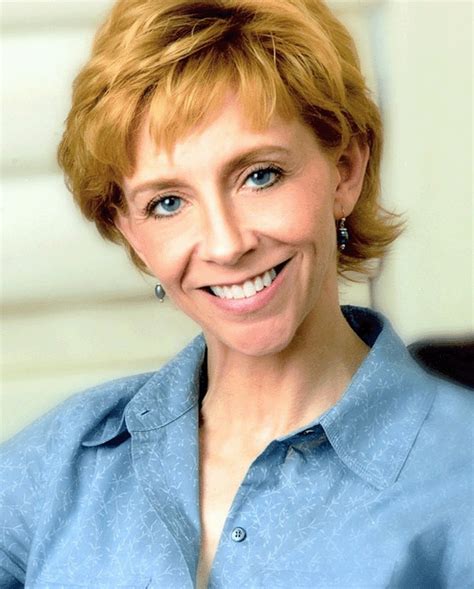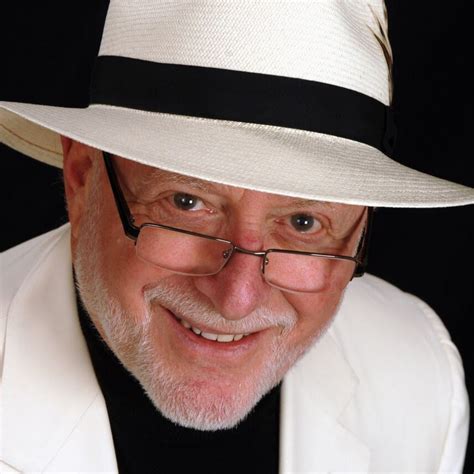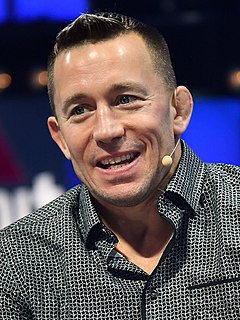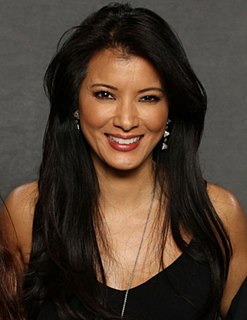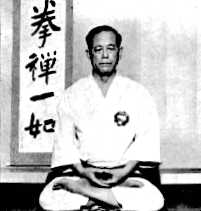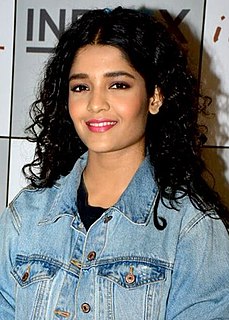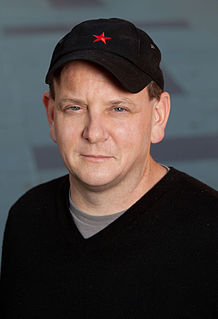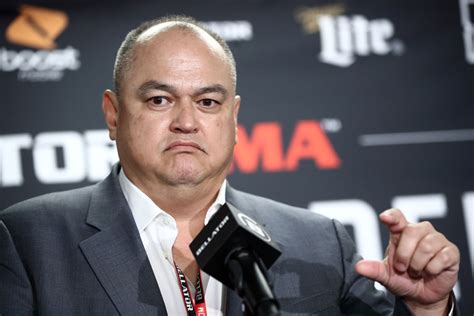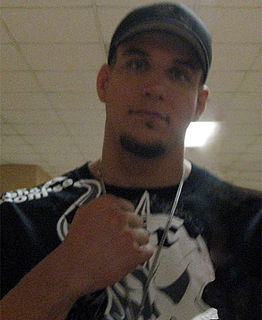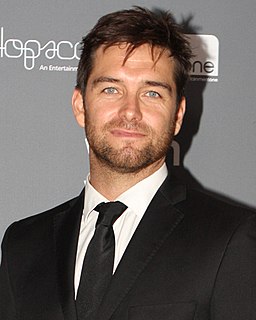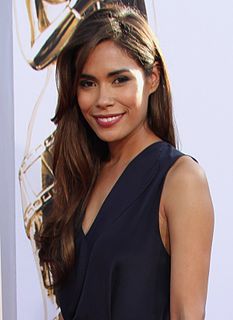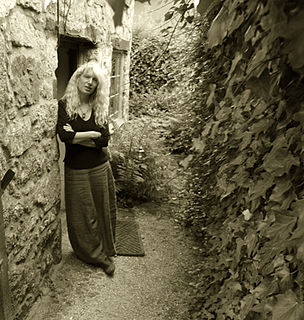A Quote by Martha Beck
Cheerfully fessing up to our failures turns crazy mind off, humility and compassion on. I learned this in a karate dojo that had a strange tradition. Everyone there loved recounting failure stories, and after an evening of smacking one another, we'd sit and have a beer while the students swapped tales of martial arts disaster.
Related Quotes
Hoping to see karate included in the universal physical education taught in our public schools, I set about revising the kata so as to make them as simple as possible. Times change, the world changes, and obviously the martial arts must change too. The karate that high school students practice today is not the same karate that was practiced even as recently as ten years ago [this book was written in 1956], and it is a long way indeed from the karate I learned when I was a child in Okinawa.
People often say, 'Ah, ultimate fighting is so violent,' but it's rooted in martial arts. Martial arts incarnate respect. You can't walk into a dojo and say to your sensei, 'Hey, salut tabarnac!' After every one of my fights I go and shake the hand of my opponent. I don't need to hate the other fighter to fight him well. It's a sport.
Miles and I had been looking to do a martial arts show for some time. Our first two movies that we wrote were "Lethal Weapon 4" and "Shanghai Noon" with Jackie Chan. Then we sort of got pulled into the superhero world, but then you look around at what's not on television and there wasn't really a martial arts shows. There are shows that do martial arts to a degree, but there's not a martial arts show.
I've always been a fan of martial arts, even before I did jiu-jitsu tournaments. I did point karate tournaments and wrestled in high school. To me, it was just an evolution and mixed martial arts was the next step. I just wanted to compete and train in it. I had no illusions of it being a paying gig.
Though now we think of fairy tales as stories intended for very young children, this is a relatively modern idea. In the oral tradition, magical stories were enjoyed by listeners young and old alike, while literary fairy tales (including most of the tales that are best known today) were published primarily for adult readers until the 19th century.
